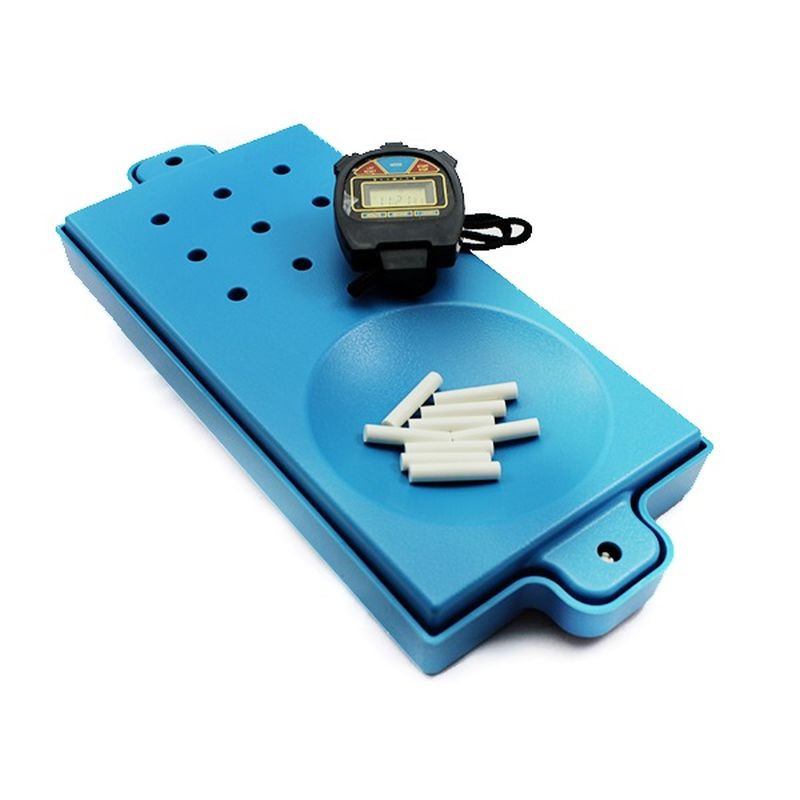‘Now that I can’t walk, my hands and arms have become my legs….’
a person with MS
Since ECTRIMS our #ThinkHand campaign seems to be going viral. I am getting a steady stream of requests for the 9-HPT. I have had requests from organisations in the US and Ireland for large numbers of tests to be distributed to their members for self-monitoring.
Some of my colleagues have expressed their reservations about MSers monitoring their own disease. I am not sure why. It is clear that if ocrelizumab and spinonimod get through the development pipeline for progressive MS their use will be restricted, at least in the NHS, to the subgroup of progressive MSers who were studied in the phase 3 clinical trials. One of the requirements will be for MSers, and their HCPs, to demonstrate that they have actively progressing disease. This will require objective evidence of worsening disability over the last 12-24 months; not too dissimilar to the requirement of showing RRMSers have active disease (relapses and/or MRI activity). We have previously shown, mainly due to time constraints, that most neurologists in the UK don't do an EDSS, or other monitoring assessments, as part of routine clinical practice.
By activating you to monitor your own disease will allow you to collect objective evidence that your disease is getting worse and this may be sufficient to show that you are eligible for treatments and/or inclusion into clinical trials. This is one of the reasons why we have developed, and validated, the online web-EDSS calculator and will be adding the 9-HPT to the mix. Shortly we will also be adding the self-measured 25-foot timed walk and walking distance to the mix.
Please be aware that self-monitoring is not for everyone. In our survey a third of subjects were unsure of, or didn't want to, engage in self-monitoring. I have no problem with this, like all voluntary activities it has to be a personal choice. If you do self-monitor your MS-related disability and you show that you are stable and/or improving over time then this is surely good news? However, if you show that you are getting worse you can arm yourself with this information and ask your neurologist what can be done about it. Are their any DMTs for me, if not can I participate in clinical trials? Knowing that you are getting worse may motivate you to adapt your lifestyle and look after your general health better. Evidence is appearing that there are other things, apart from DMTs, that can be done to slow down the progression of MS. I personally feel that knowing about something, i.e. having objectively measured it, will empower you to do something about it.
We still have about 1,000 9-HPT tests left to distribute from our first production run and are now receiving requests from across the world for the 9-HPT. To deliver a responsive, and reliable, service for distributing these tests we need to hire an online vendor to do the work for us. This means that we will have to charge for the service. We anticipate that a price of ~£10 per test will allow us to cover future manufacturing, IT and distribution charges. Do you think this is a reasonable price (see survey below)? In addition to this we will be supplying you with instructions on how to make your own 9-HPT, i.e. so called DIY versions. In addition to the wood version I have been playing around with self-drying artist clay and lego blocks all of which can be used to make a functioning 9-HPT. The other option is to purchase the plastic version online, which costs $99.99 via Amazon.
 |
| Cardboard 9-HPT |
 |
| Plastic 9-HPT |
Acknowledgement & COI: we would like to thank Biogen UK for an unrestricted research grant that was used to design, test and manufacture the cardboard 9-HPT.
